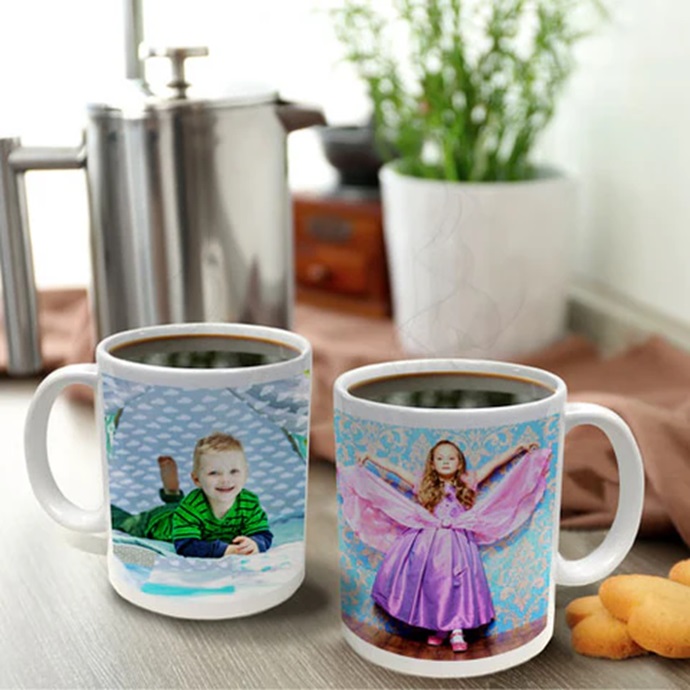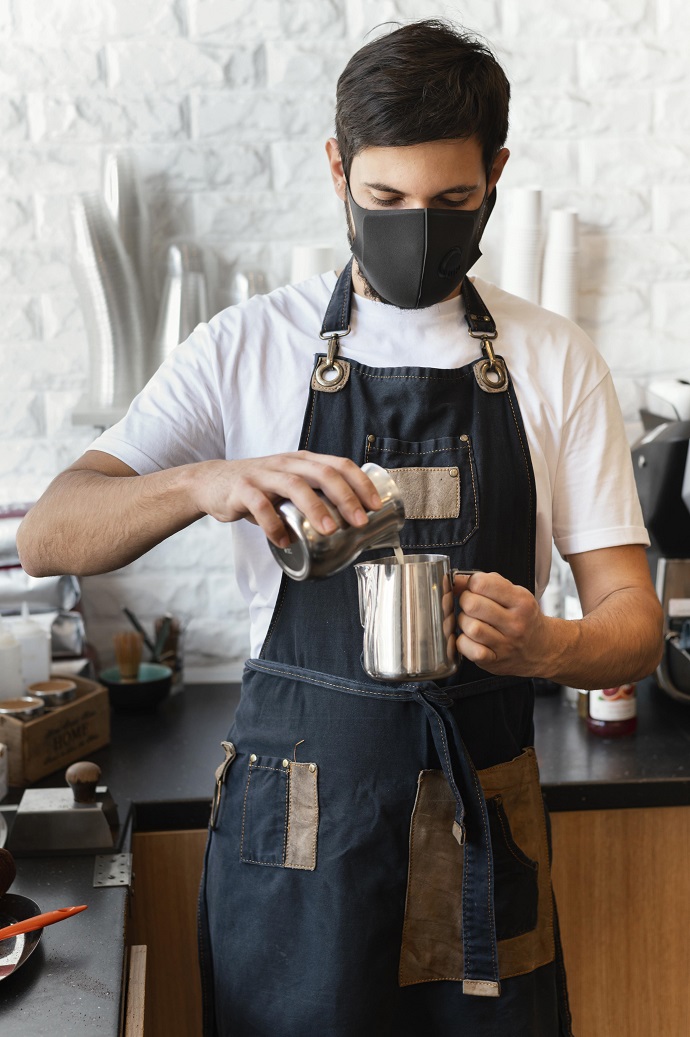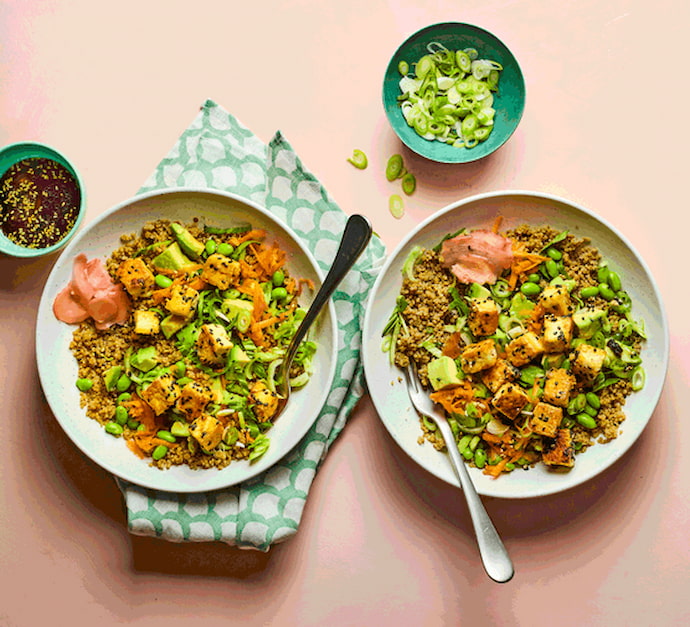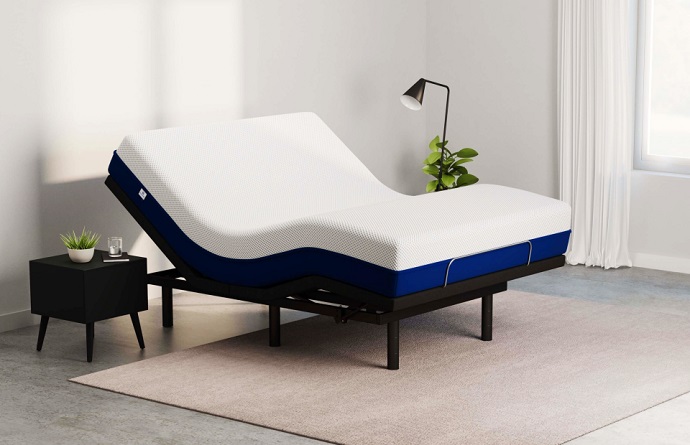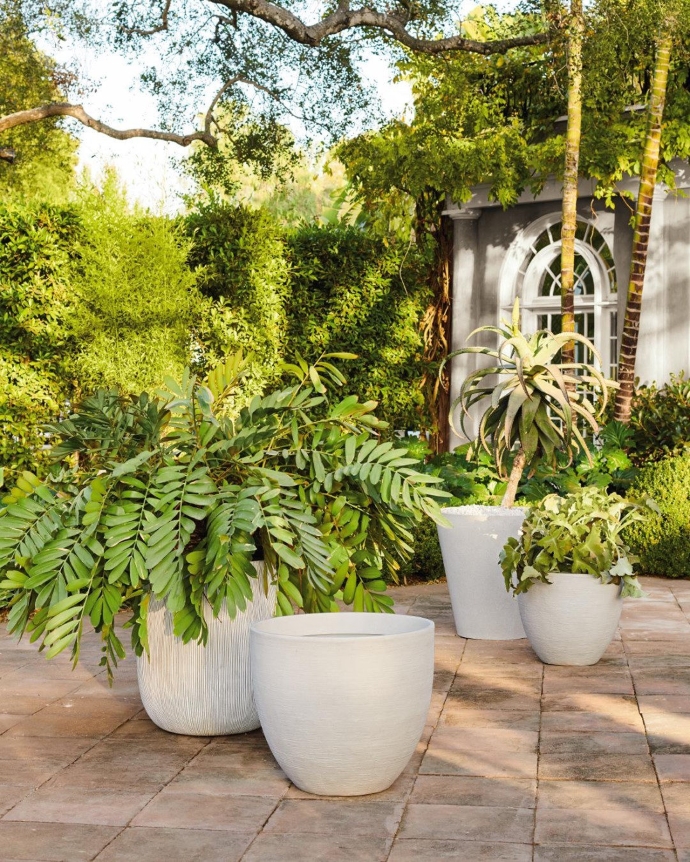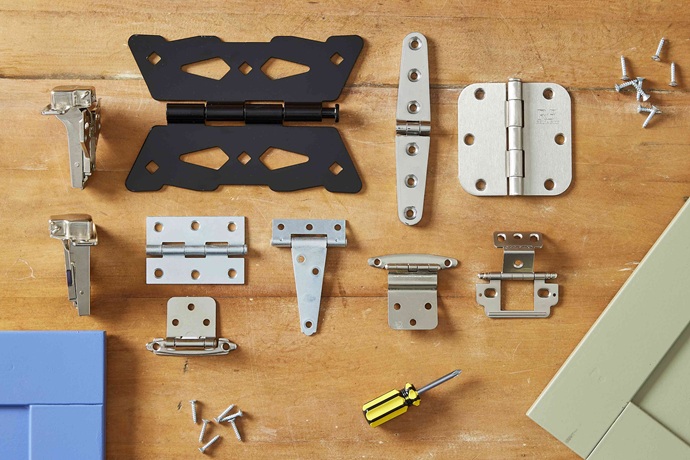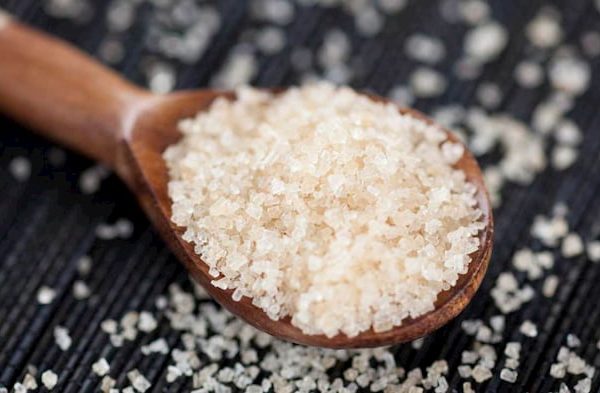Knitting and crocheting are very fun activities. They can be a hobby for some or a full-time job for others. One knitting project can be very relaxing, and practical and won’t cost you a fortune. This is not something you can do with any machines.
Everything you do is handcrafted and requires patience, some knowledge, a lot of practice, and of course, the right tools. It doesn’t matter if you’re a beginner or an experienced knitter, there are essential tools you need to have, such as knitting blockers and hooks, in order to do the job properly.
Blocking Tools
Blocking is the last part of the whole crocheting or knitting project. This is a technique that relaxes the fibres of the piece to get the drape and shape you want. For this, you’ll need to buy a practical crochet blocking board, t-pins, knit blockers, wires and wool wash. In theory, you can block anything you make, but in reality, not everything needs to be blocked. Bigger pieces such as scarves or hats will be ready to wear as soon as you finish them.
There are 3 main ways to do blocking. The first one is steam blocking, and you can do it with an iron or a garment steamer. The second one is spray blocking. You should attach the piece to the board first and then spray it with water and let it air dry. And the third way is wet blocking. This means you should soak the piece entirely in water, drain the excess water and pin it to the board.
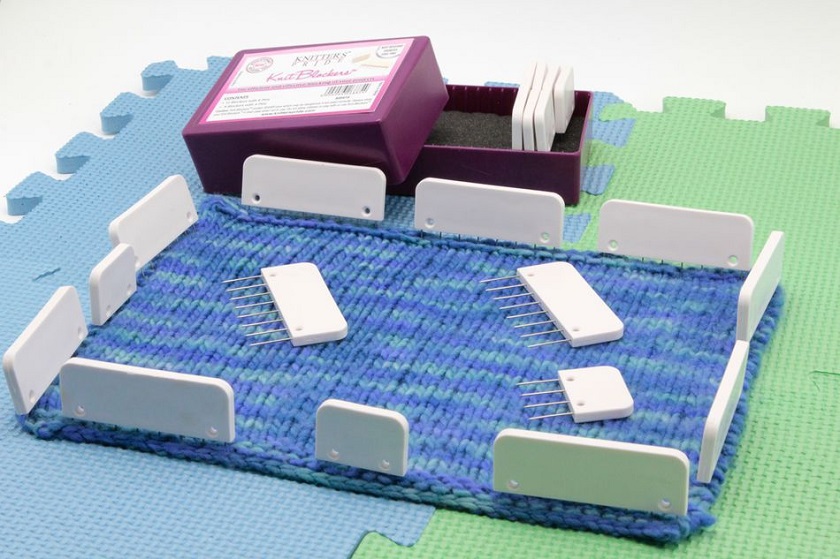
Blocking boards are most commonly made of wood such as bamboo, walnut, oak or pine. There’s always some kind of material like foam or felt in the back that protects from any scratches. They can vary in size, but their pin holes are almost always 1cm apart. This precise measurement provides accuracy in the blocking process. The pins are around 10cm long, so you can block a few pieces at the same time. A lot of these boards come with a stand and a bag for more convenience and practicality.
It’s important for the t-pins to be made of high-quality wood or stainless steel. Otherwise, they might rust, and you’ll have to replace them very soon. Knit blockers work well with t-pins. They’re a series of pins held together by a plastic casing. They can be very useful when the knitted piece is longer. Blocking wires will add a perfect finish. They’re made of stainless steel spring wire and are coated with rubber.
The wool wash is simply a mild detergent or soap. It can be scented or unscented depending on your personal preferences. If you’ll do the spraying technique, buy a small spray bottle or a wash basin if you do wet blocking. You can also find sock blockers. Items specially created for bocking socks. They have that shape and can vary in size. They will give the socks their primal shape and structure.
Needles and Hooks
Needles and hooks are the main tools that help you create new masterpieces. They’re the essential piece of equipment. There are several types of needles and hooks created for different purposes and levels of experience.
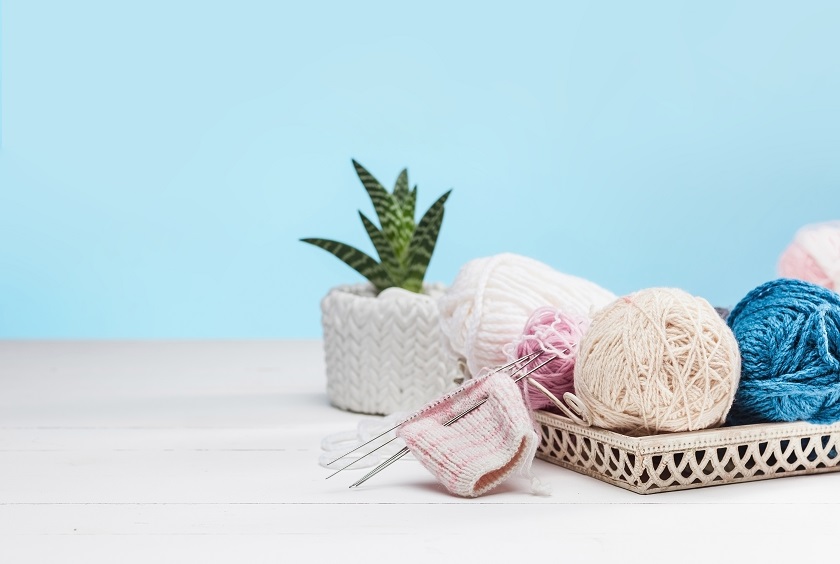
Hooks
There are two main types of hooks: inline and tapered. They may have a similar appearance but have subtle differences that will influence the way you crochet. Inline hooks have a deeper mouth and a defined lip. They’re perfect for uniform stitches and can enter tighter spaces. That’s why they’re good for gloves or scarves. The tapered type has a shallow mouth and a rounder head. This is a hook perfect for making blankets.
The other 3 types of hooks are Tunisian, ergonomic and knook. The Tunisian type is longer and has a stopper at the end and it’s used for special projects. The ergonomic hook has a larger handle and it’s created to ease any wrist pain. The knook crochet hooks are good for projects that are similar to knitting and aren’t recommended for beginners.
Needles
Darning needles, also known as tapestry needles, are the ones you need at the end of the project. You use them to sew the ends of the yarn and the fabric. They’re a cheap investment and it’s best if you get them in different sizes as a set. The ones with a sharp tip will sew the ends and the ones with a blunt tip will finish off the seams.
Yarn
You can find yarn in so many different colours, materials, weights, textures and levels of durability, that it may seem impossible to choose the right one for your next project. Their price range also varies a lot. The most common materials are wool, silk, cotton and acrylic and of course, blends. Cotton blends are one of the most durable ones that can go through a lot of washing and usage.
On the other hand, animal wool will feel very comfortable and pleasant on your skin. If you’re making a baby blanket, go for a softer yarn. If you’re making a cloth, you can choose a sturdier one. If you’re just learning how to do this, don’t buy fluffy or slippery materials. Instead, buy something smoother that will stretch easily on the crochet blocking board and with a lighter colour.
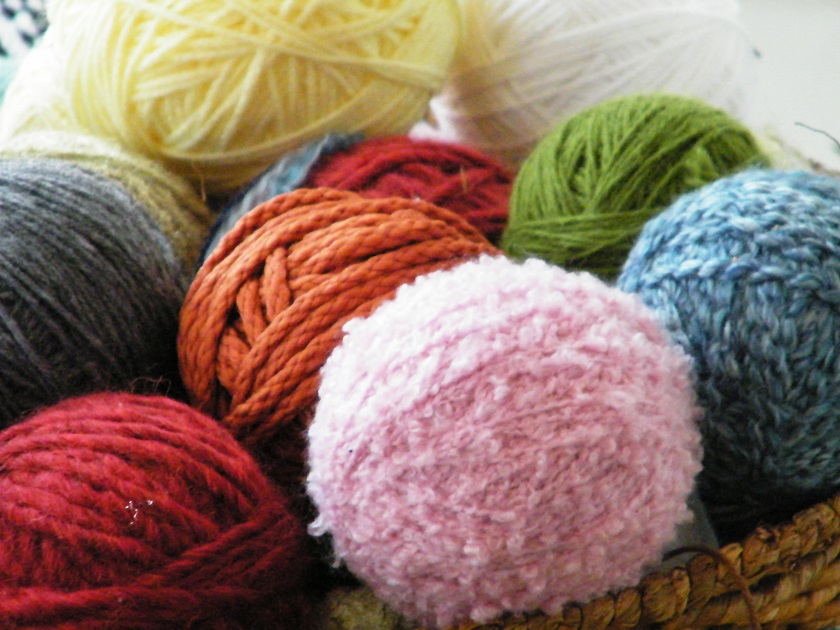
Scissors
These specially designed scissors are also known as yarn snippers. They’re not the same as the regular scissors we all have at home. You won’t use them that much, but when you need to cut the tails of the yarn when you finish the project, you’ll need the right tool to do it.
They’re precise and make a clean cut on any yarn material. They can last for a very long time if you take good care of them. Be careful not to drop them and don’t use them to cut materials they’re not supposed to.

Stitch Markers
This is a very convenient and practical piece of equipment. It’s very handy when you want to leave a certain project aside and not work on it for a while. By attaching the stitch markers to the stitches, you can be sure they’ll stay in place and won’t come loose.
You can also use them to mark the beginning of another pattern because some projects will require multiple ones. They can be made of plastic or steel and can come in many shapes and sizes.

